Provenance – it’s all the rage these days, especially when it comes to cars. Much like people and rhythm, some cars have it while others just don’t. In the case of this Porsche 934, which has raced at Le Mans no fewer than six times, it’s got it in spades.
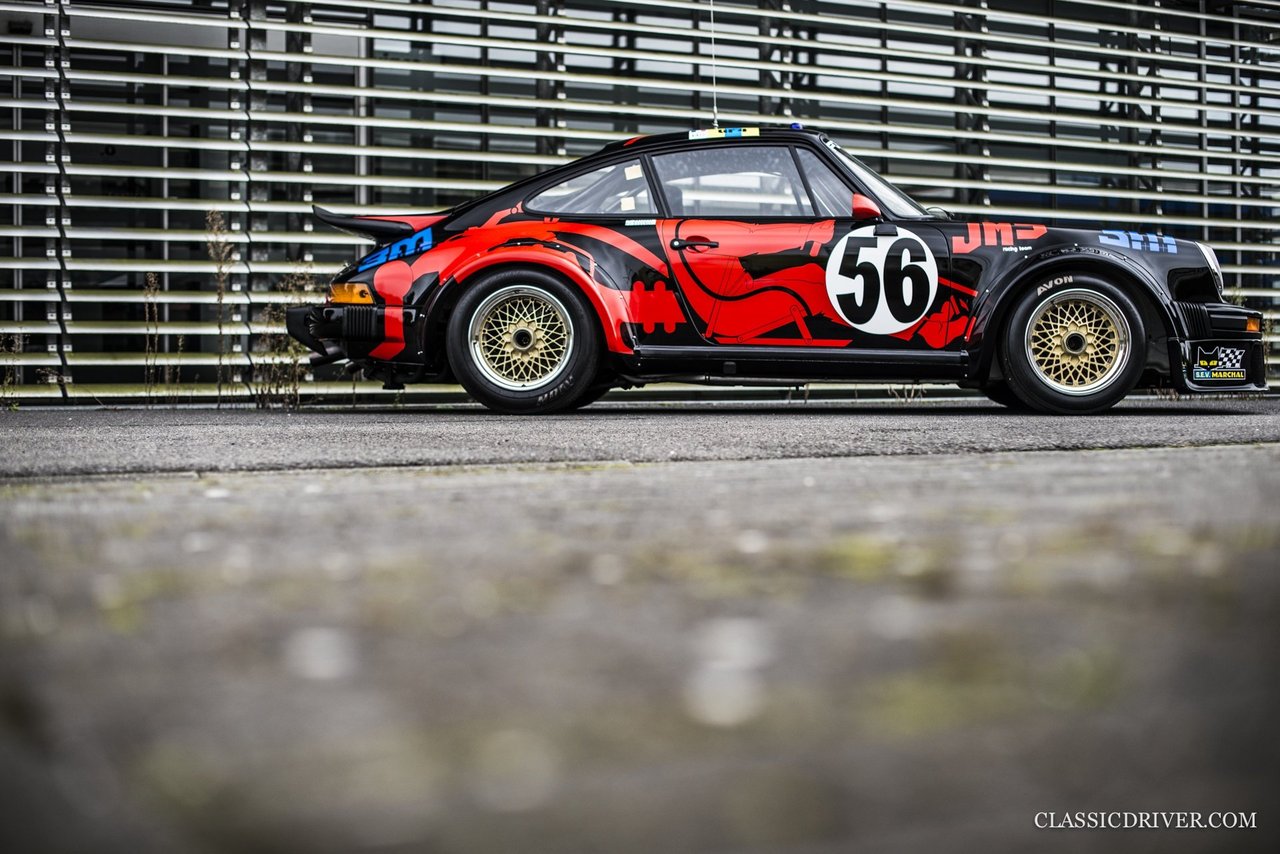
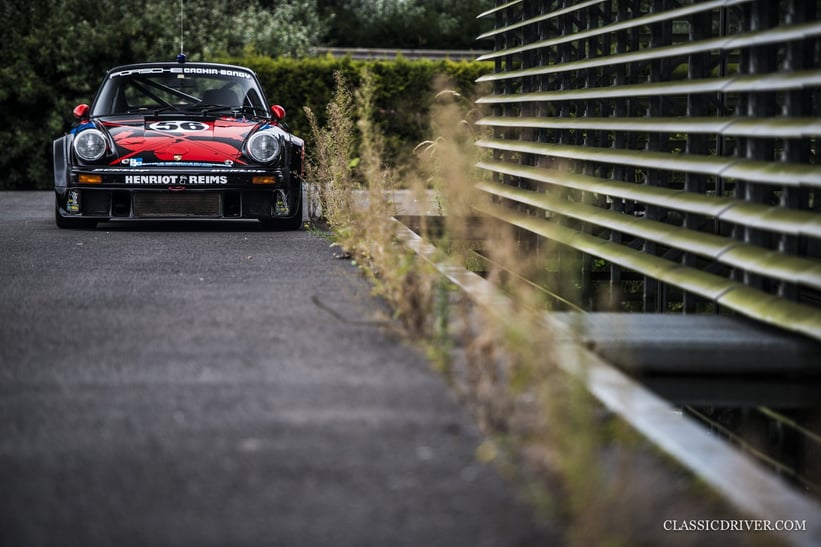

Everyone knows the Porsche 934, or at least everyone thinks they do. Sure, they’re familiar with the looks, like a working man’s 930 Turbo; the garish war paint, typical of the 1970s motorsport epoch; and the distinctly turbocharged chatter of the flat six. But the model’s story is relatively unknown and there’s a simple reason for that – next to the factory 935s, the 934s always played second fiddle.
An evolution of the fire-breathing RSRs and closely related to the 930 road car, the 934 was developed to contest the Group 4 category of the World Sportscar Championship. The reason it looks a lot like the road-going 930 is because the Group 4 regulations didn’t allow for massive deviation, unlike those in the silhouette Group 5 class.
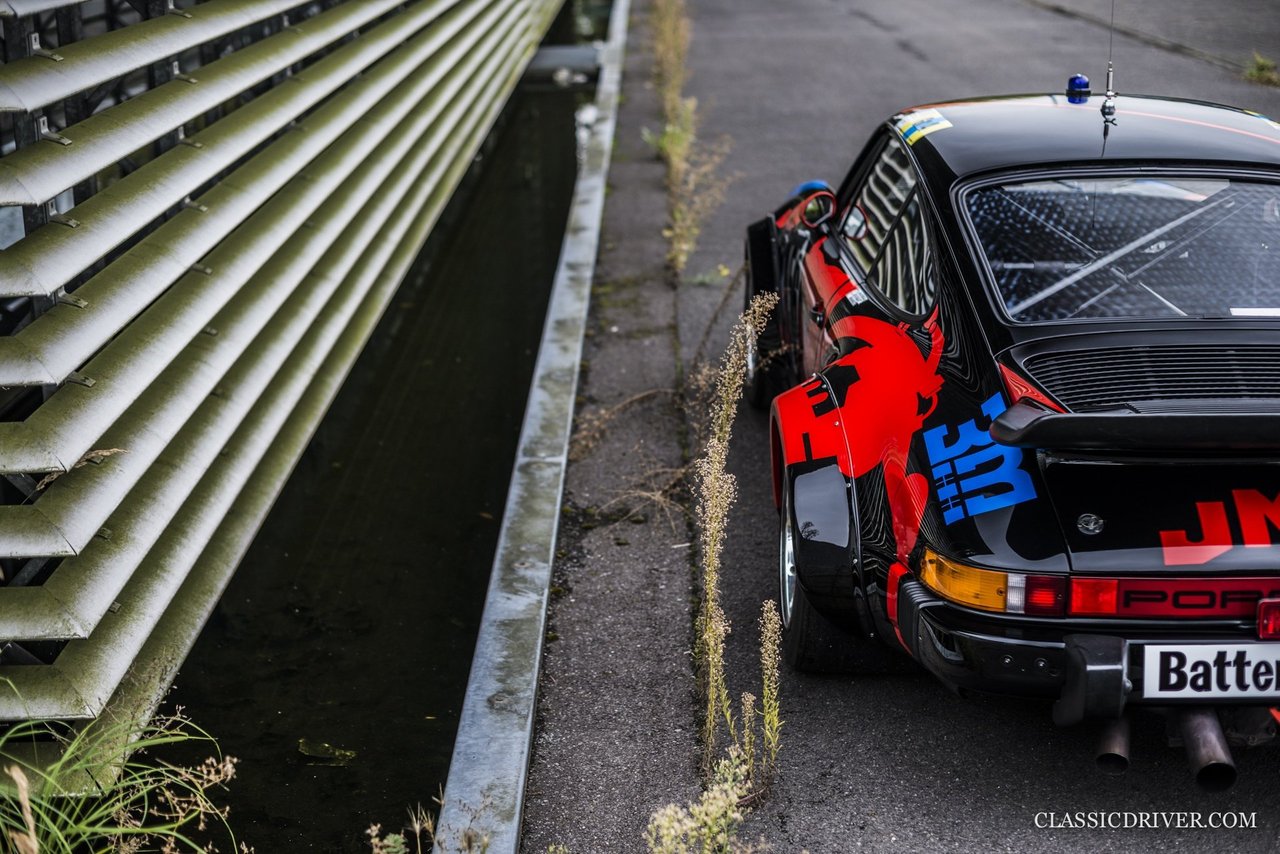
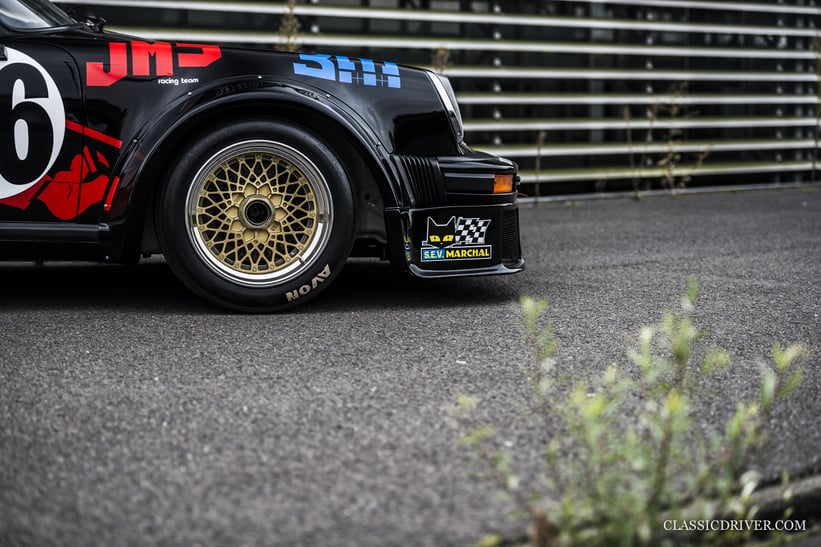
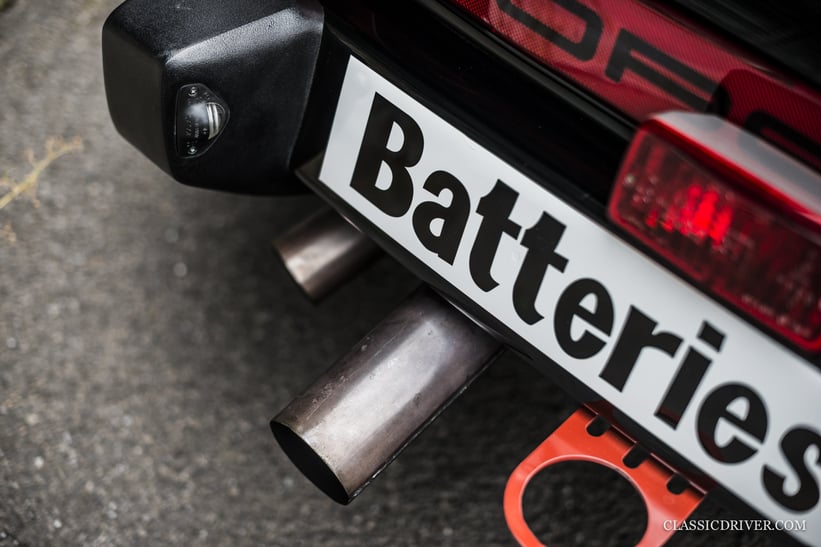
And there’s not a great deal of difference below the surface, either. Only worthwhile changes were made – namely, the addition of a socking great KKK turbocharger mounted below the engine and perhaps most importantly, a cooling fan atop the engine that ploughs air from the rear spoiler equally across the cylinders. Depending on the amount of boost specified by the driver on the doorknob in the miraculously well-equipped cabin, the 934 pumps out anywhere from 485HP and 580HP!
Encountering a car with such an exhaustive competition history is like meeting a distinguished war veteran – it makes you feel a bit inferior. There’s something indescribably alluring about old racing cars. More so when they aren’t one-hit factory wonders but rather privateer cars that have earned their stripes the hard way, by grinding away, race after race, primarily in a bid to sustain the existence of their custodians’ teams.

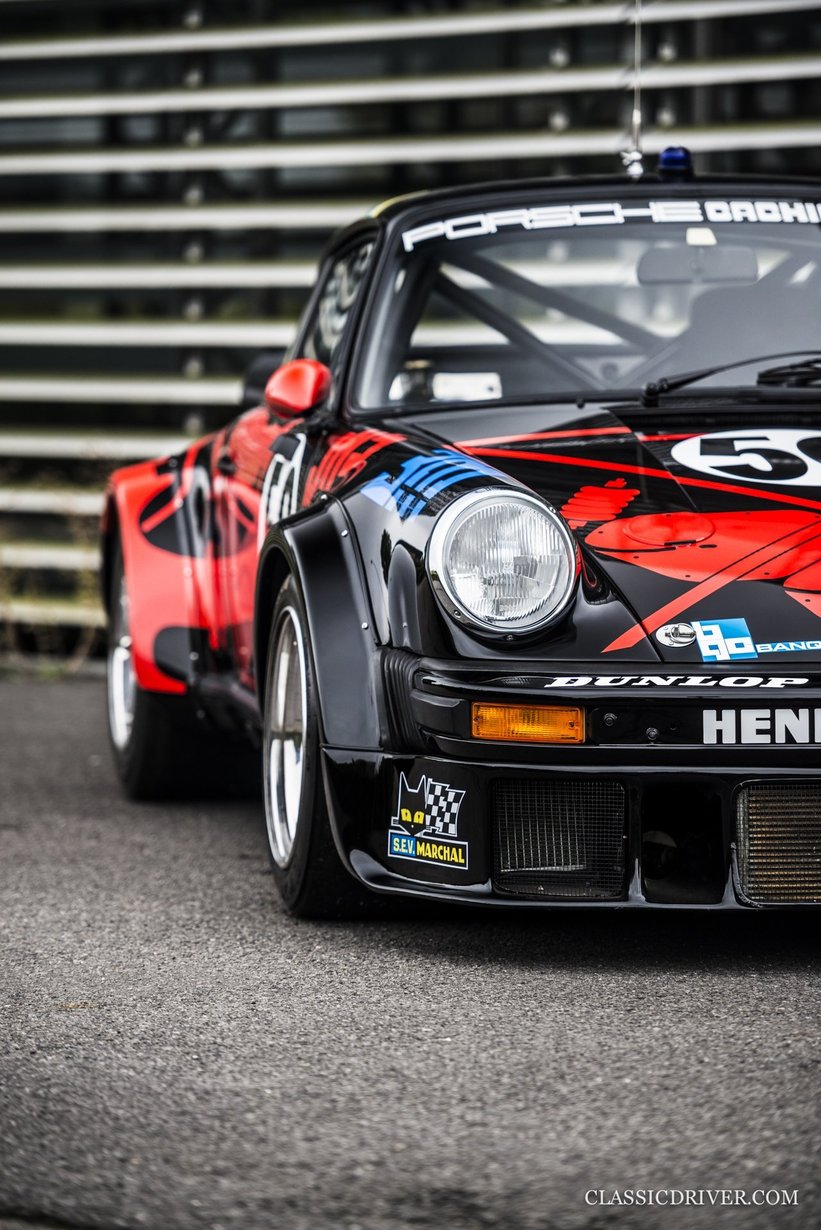
This Porsche 934 is one of those cars. Among the numerous international events in which it competed, including several rallies, it tackled Le Mans – the Everest of the endurance-racing world – a whopping six times, from 1976 to 1981. And each time the car went to La Sarthe, it wore a different – and not to mention memorable – dress. Arguably the coolest was the one it wears today, a quirky X-ray livery put on by lead sponsor 3M to demonstrate how its new vinyl could withstand the great speeds of the car.
One of 31 934s manufactured by Porsche in 1976, this car was delivered to its owner Henri Cachia, boss of the ASA Cachia team, in April of that year. It was promptly sent to Le Mans where, despite their efforts, Jean-Claude Andruet, Jacques Borras, and Cachia himself finished the race but failed to classify thanks to a malady of technical issues. Teething problems – we all had them…
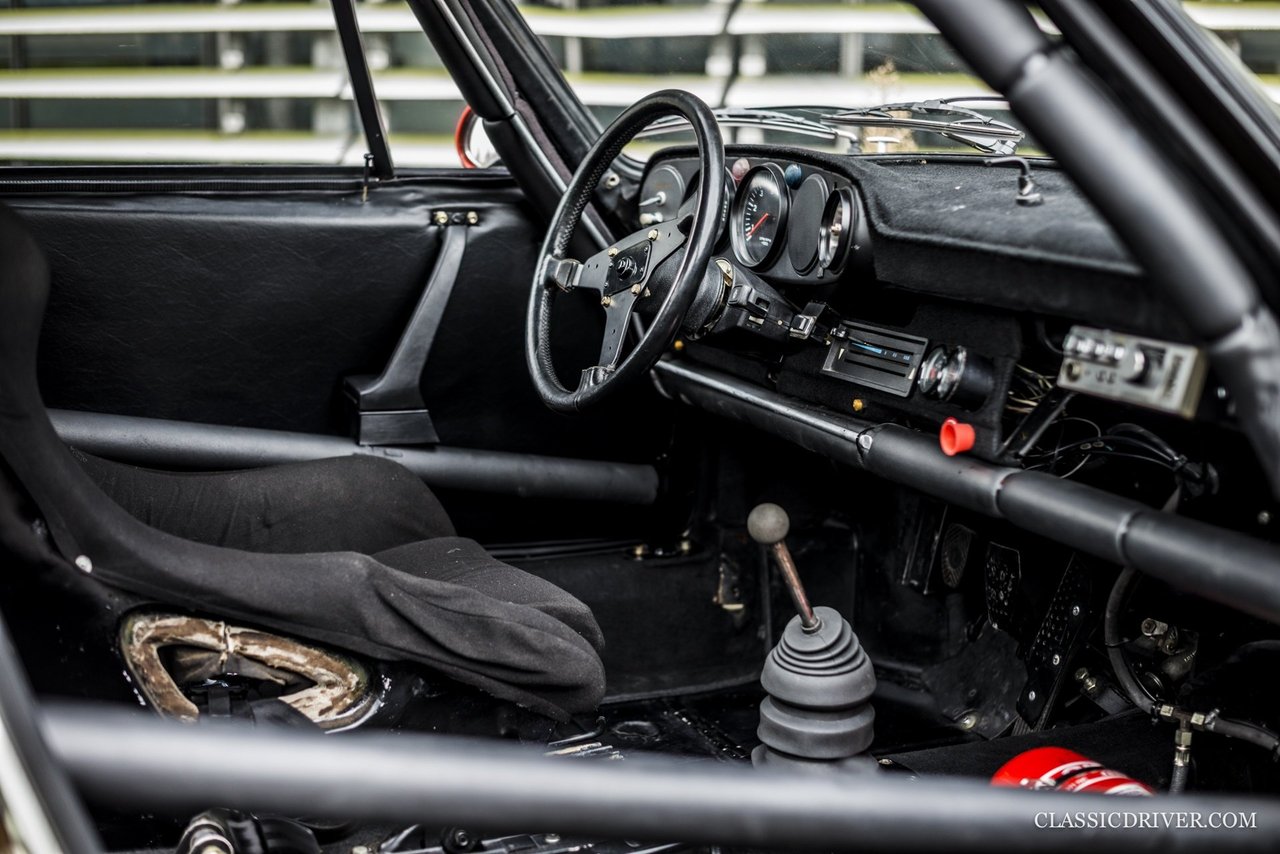


Fast forward a year and the 934, now rented by the JMS team and finished in its quirky X-ray livery, returned to the Circuit de la Sarthe. And there was a marked improvement. Not only did Cyril Grandet, Jean-Louis Bousquet, and Philippe Dagoreau finish, but they finished well – 19th overall and third in the GT class.
For 1978, the renowned French painter Michel Gueranger transformed the 934 into a 200mph piece of cubist art. Alas, the only positive the car’s new owner Daniel Urcun and its drivers Guy Chasseuil and Jean Claude Lefebvre could take away from Le Mans was the award for the most beautiful livery – it retired after just seven hours. Interestingly, Didier Pironi, a childhood friend of Urcun’s, offered to drive the Porsche at that year’s Le Mans. But a few hours before the race, he was poached by Renault to drive the A442 that would ultimately go on to win the race.
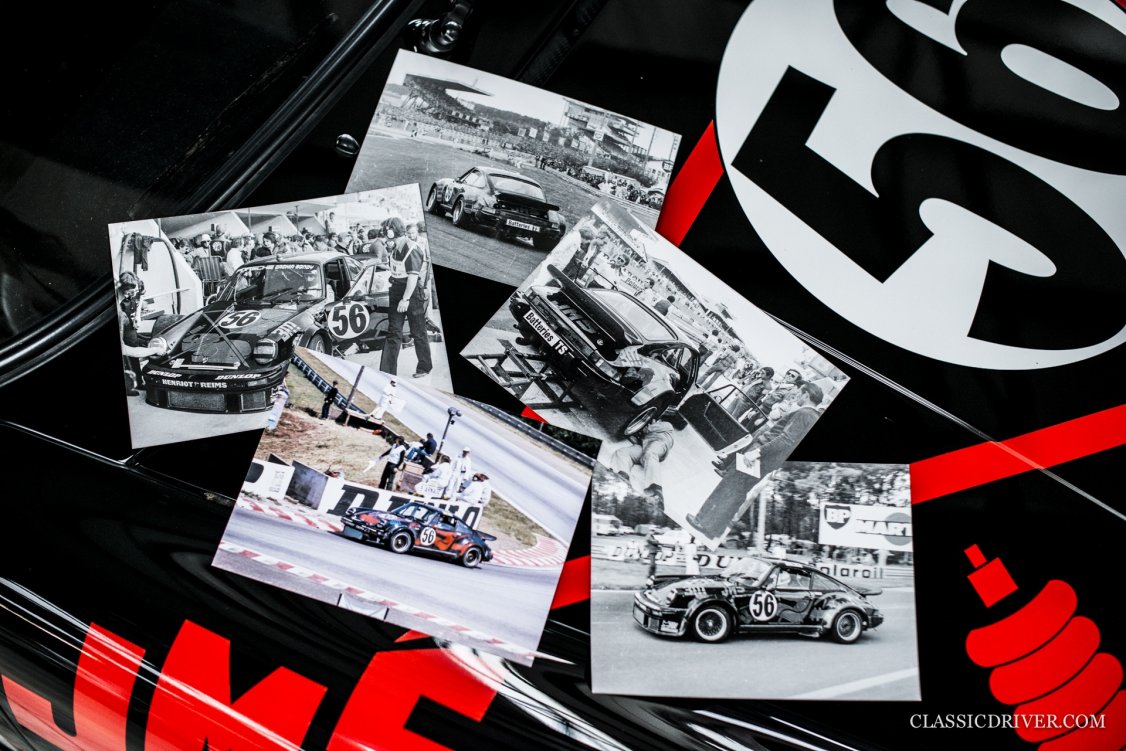
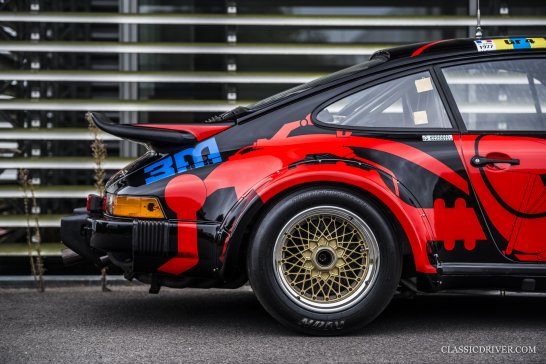
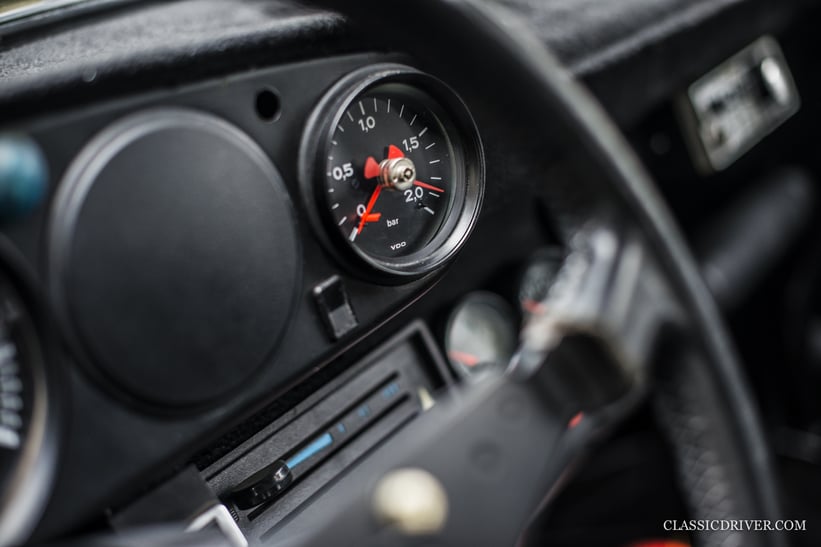
The 1979 edition of the French endurance classic was far better for the workhorse Porsche. Racing under the banner of Roland Ennequin’s Kores-sponsored team, the car finished a very respectable 16th overall and second in the Group 4 category in the hands of Ennequin, Georges Bourdillat, and Alain-Michel Bernard. And that was despite an agonising hour spent in the pits while a radiator was replaced.
Raced by the same drivers as the previous year, the car – now finished in a jockey-like pink-and-black chequered livery – finished 24th overall and second in class once again. Its swansong, however, came in 1981, five years after it first turned a wheel in anger. Its new owner Valentin Bertapelle teamed up with fellow countrymen Thierry Perrier and Bernard Salam and claimed a terrific class victory (17th overall) at an average speed of 155.7kph. Fittingly, it was to be its final outing at Le Mans and it could hang up its marathon trainers with pride.
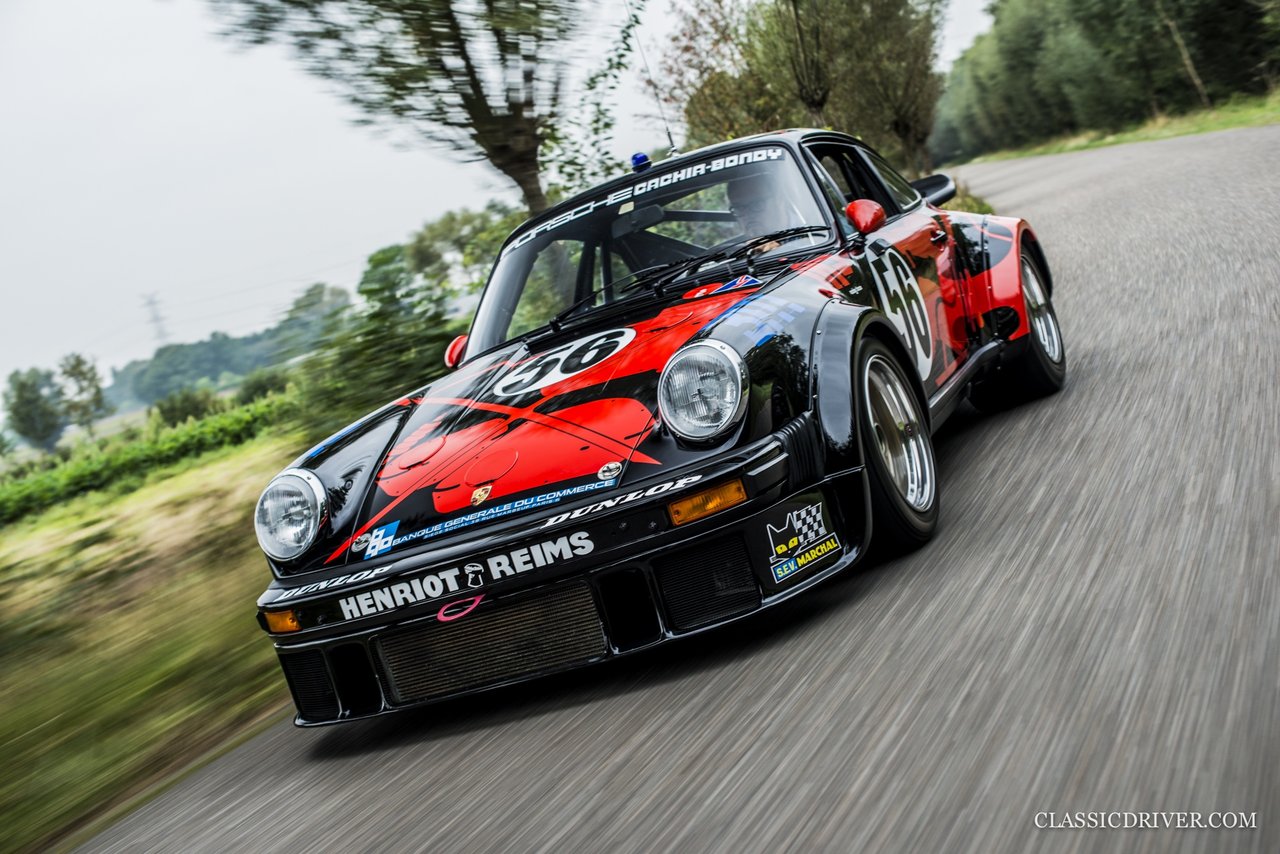
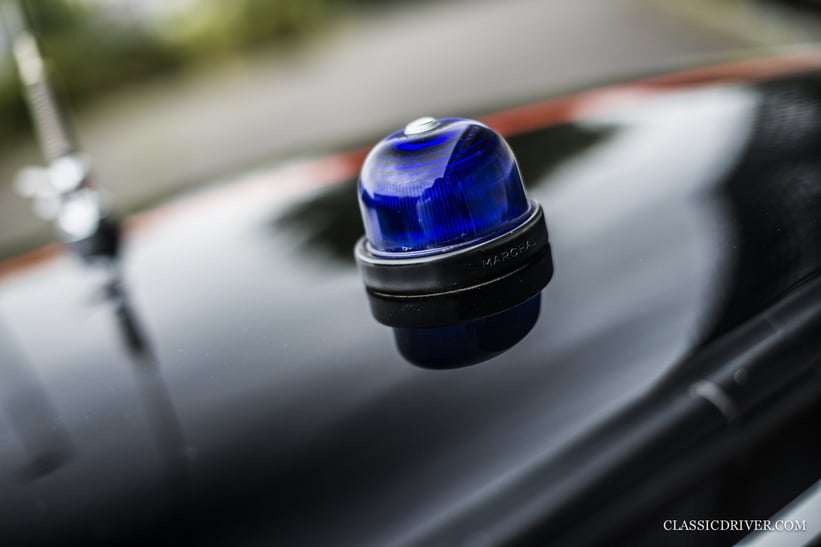
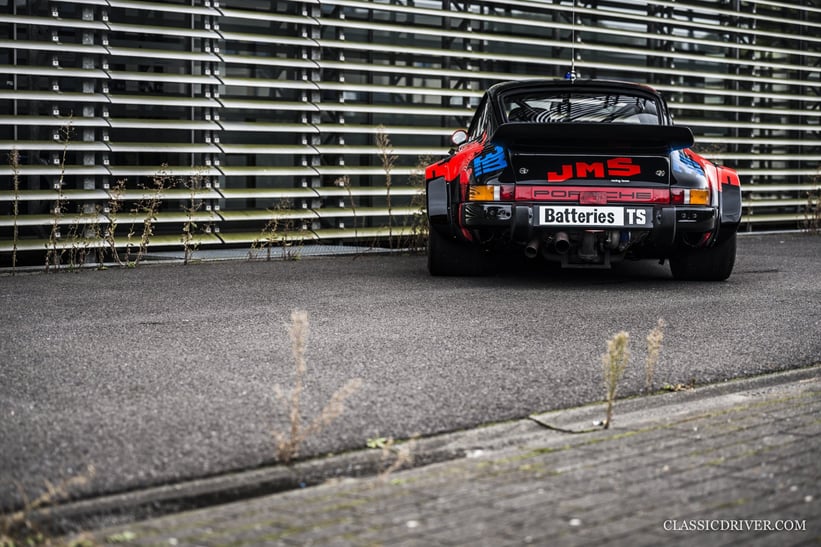
Some perspective is needed in this case. Think about just how many times this very car has strafed the Mulsanne, surging close to 200mph and then anchoring almost to a complete stop; how many hours its fought unscathed in the perilous dead of night; or how many headaches it’s given its respective owners when it hasn’t played ball. It’s fair to say this Porsche has been through hell and back but that’s why it commands your attention and respect.
Today, the ‘mechanically perfect’ car is equipped with its original matching-numbers engine, which was previously installed in a replica 934, and the details are absolutely fantastic. From the period Grundig intercom system and the electric windows (yes, electric windows), we assume left by Porsche’s engineers for ease of use, to the identifying light on the roof and the beautifully aged split BBS rims, we could spend all day poring over every inch.
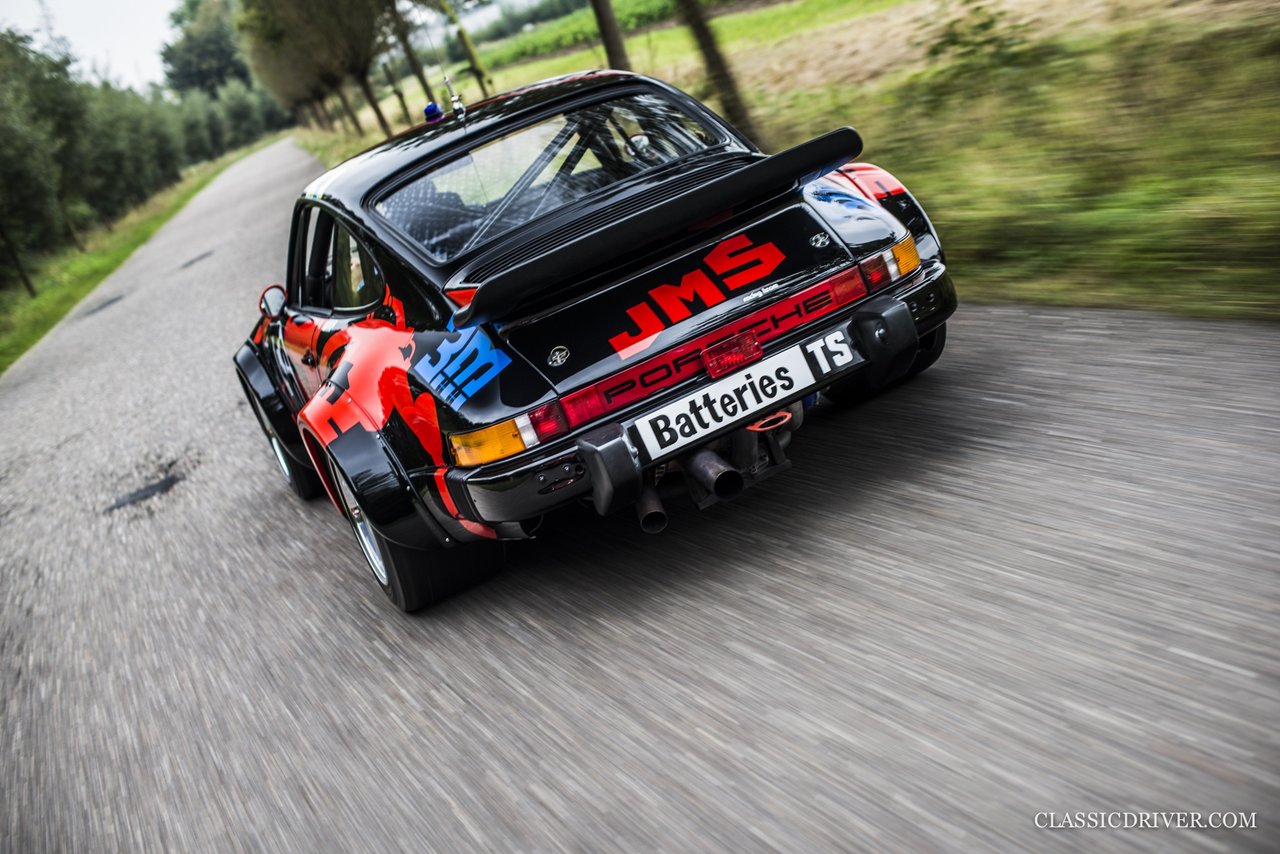


Just as remarkable is the fact that it’s never been upgraded to 935 specifications, as so many of the other 934s were. In fact, Porsche itself deemed the car and its provenance so important that it recently purchased it for its treasured museum collection in Stuttgart. With an unbroken chain of ownership verified by Porsche Classic, every page of corresponding paperwork, its original engine and gearbox, and more importantly, a superb competition pedigree, you could easily suggest that this Porsche defines exceptional automotive provenance.
Photos: Rémi Dargegen for Classic Driver © 2018





















































